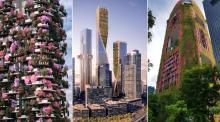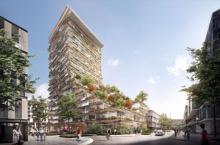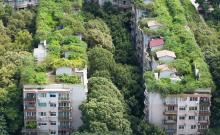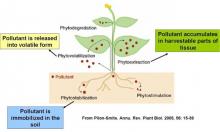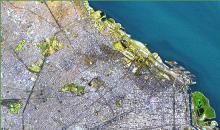Densely packed high-rises are the most space efficient way to house people, but they have also been accused of creating anonymous, atomised cities. But there are more and more architects discovering that cities can grow taller without sacrificing their liveability.
green roofs
The Australian Institute of Landscape Architects (AILA) is calling for the development of a National Green Infrastructure Strategy to be led by the Federal Government.
The multimillion revamp of Green Square library and the 19-storey ”stacked forest” designed by famed Japanese architect Kengo Kuma are setting a new bar for Waterloo’s reinvention.
While a lot of focus on rooftop climate change measures is on solar panels, there’s another method that’s even greener – at least in the literal sense. Roofs covered in plants aren’t just aesthetically attractive – they also help to insulate buildings, slashing energy costs (both heating and air conditioning) by around 25 percent.
Scientific testing of Knauf Green Roof products is taking place in two locations in Sydney. Knauf is a major supplier of insulation products around the world. Their new Green Roll substrate is now available Australia. The product is made from rock mineral fibres providing excellent water retention for different landscape applications. Offering significant improvements at a lower cost and weight than typical green roof systems.

